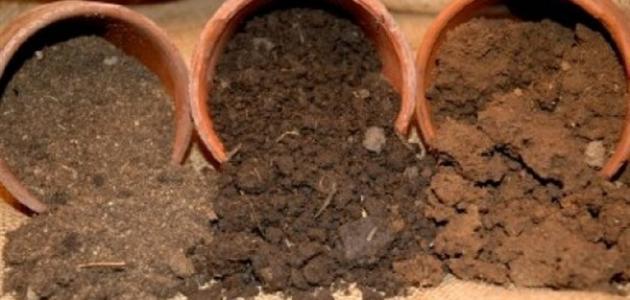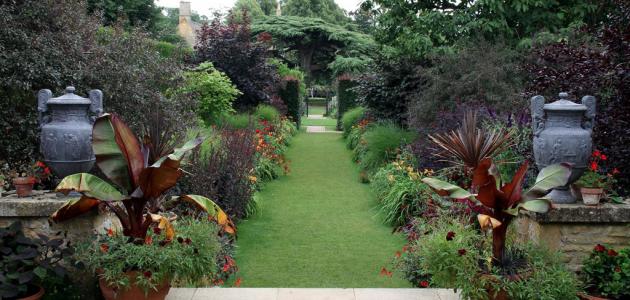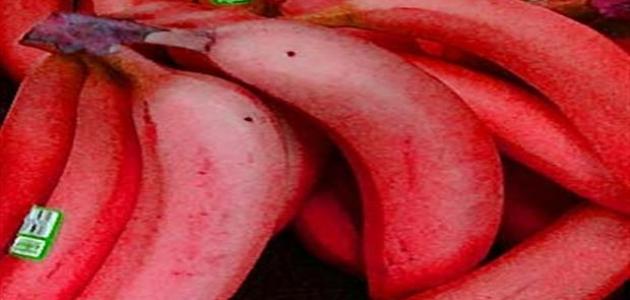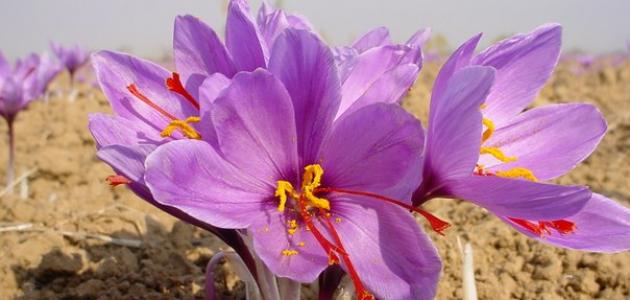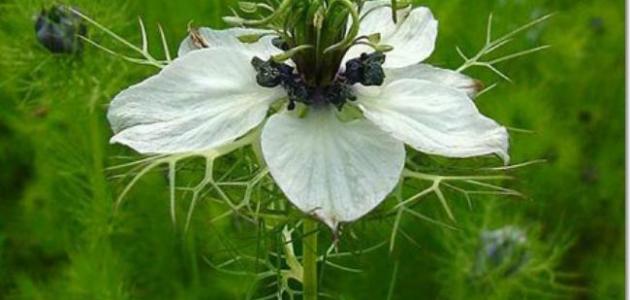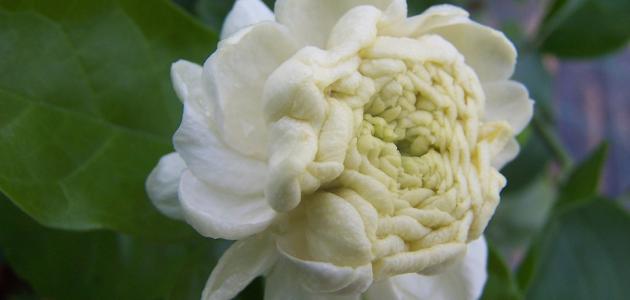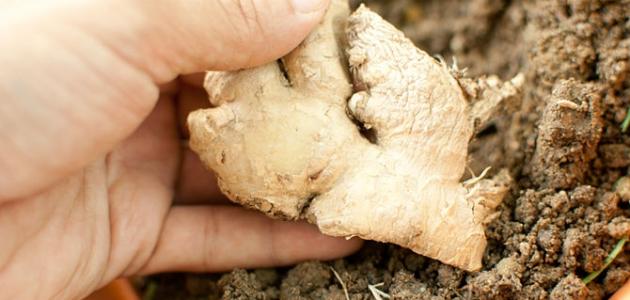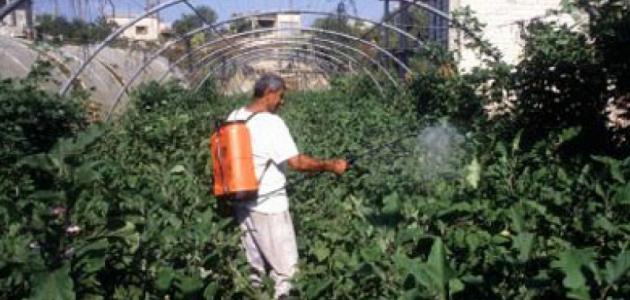clay soil
Clay soil is also known as heavy soil. It has a smooth texture when it is dry, while its texture becomes sticky when it is wet. Although it contains many nutrients, it does not allow water and air molecules to pass through it.
sandy soil
Sand soil is known in English as soil that consists mainly of sand. It can be detected by its sharp texture when rubbed with both hands, due to the sharp angles present in the sand particles. This type of soil also lacks many nutrients.
Loamy soil
Silt soil is characterized by its high fertility rate, in addition to its light weight and ability to maintain moisture, and being easily compacted and washed by rainwater. Adding organic materials to it helps hold the soil blocks together and transforms them into more stable blocks.
Peat soil
Peat soil is characterized by containing large amounts of organic matter, in addition to its ability to retain high levels of moisture. This type of soil is not found often in gardens, but it is added to it to obtain ideal soil suitable for agriculture.
Read also:The largest cocoa producing countryLoamy soil
Loam soil is characterized by the fact that it consists of a mixture of loamy soil, sandy soil, and loose soil, which helped it get rid of the disadvantages of clay and sandy soil, and increase its fertility rate, while being easy to cultivate and work with, in addition to being well drained, and two types are available. Among them are sandy loam soil and clay loam soil, and each type is determined based on the type of soil that dominates its composition and agricultural characteristics.
Read also:Soil componentsChalky soil
Chalky soil, also known as rich lemon soil, is characterized by its highly acidic, alkaline environment. It is available in two types, light and heavy, and contains high percentages of calcium carbonate.
